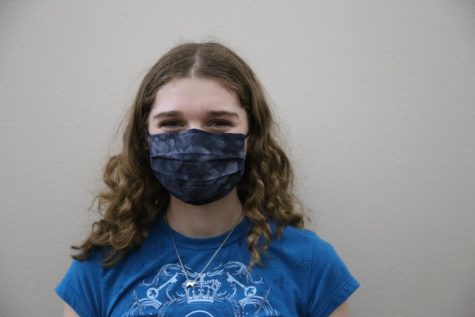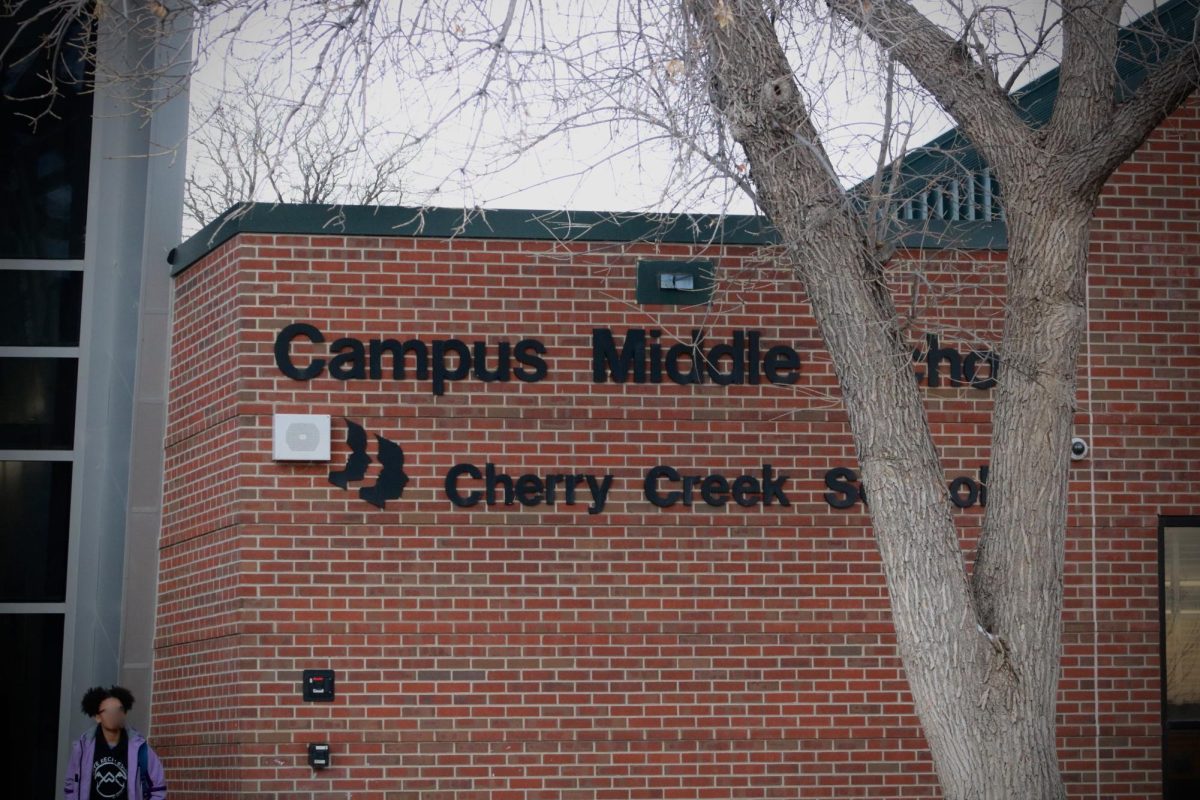Japanese Beetles Threaten Local Gardens
May 9, 2022
As summer approaches with the vitality of plantlife, gardeners and homeowners are growing weary of a well known season competitor: the ruthless Japanese Beetle.
“It’s [upsetting]. I mean, every year I work to try to grow all these plants and then mid late summer all of a sudden all the beetles arrive and all the leaves get totally shredded and destroyed and then they start dying,“ senior Gunner Hodne said.
Currently, plant owners are facing what Colorado Department of Agriculture’s (CDA) Cheryl Smith classified as “too many to count; probably millions” of Japanese Beetles this year; and in Beetle dense areas, foliage is undergoing significant damage. Thus, as Creek’s Horticulture teacher Benjamin Hanson said: “they’re evil!”
Although being a relatively new issue in areas near the Cherry Creek reservoir, Japanese Beetles acquainted themselves in Colorado during the 1990s when a nursery stock of sod was bought from the mid-western U.S. for a golf course. Since Colorado has a dry climate and Japanese Beetles prefer moisture, scientists did not expect the beetles to settle. However, scientists’ viewpoints quickly changed after noticing the insect’s voracious eating habits and the risk they posed for over 300 different plant species found in the state.
Smith works on the Japanese Beetle program in addition to being Phytosanitary and Potato Health Program Manager at the CDA. She mentioned that decades earlier, when the Japanese Beetle arrived on the East Coast in a shipment from Japan, these insects were first classified as a federally invasive species.
National efforts, such as checking shipments of plants, were used to prevent the Japanese Beetle from spreading from the East Coast to the West Coast. When these efforts failed, legislation took the species off the federally invasive species list – as there was nothing the government could do to prevent the Beetle’s migration – and allowed states to do as they pleased with the issue.
Although, Smith noted how difficult it has been to keep this pest under control, explaining that because the CDA only has control over public property, they cannot force private-owned properties to cooperate in fighting these pests.
“It’s very frustrating because everybody thinks that we should be doing something about it, but it has to come down from a legislature in order for some kind of action to be taken in regards to what a golf course, country club, or even a homeowner would have to do in order to control the beetles,” Smith said.
For this reason, Smith added that this has posed issues for gardening stores. The Japanese Beetle has a five mile radius of flying a day; so even if the CDA asks public gardening stores to be careful, private gardening stores’ beetles can repeatedly re-infest the same stores that are under control of the CDA.
Ron Hogan, an employee at Master Gardening and Tagawa’s Garden Supply, has seen Japanese Beetles become much more prevalent over the past three-four years. Hogan has tracked reports of the beetle’s appearances to show that they have accumulated all throughout Centennial, some parts of southeast Denver, and now into southwest Aurora.
“Some areas believe that there might be a decline in the numbers, but everybody’s still getting them,” Hogan said. “[But] if a lot of people were [tracking the population], we’d see a definite reduction in the population.”
Hanson agreed with this comment, since Creek’s garden has been hit hard by the Japanese Beetle. For this reason, Hanson goes out early every morning to kill around 100 beetles, and even hands out extra credit for kids who are killing the beetles, too.
“People have seen these bugs, but they don’t know what they’re called. And they don’t realize how common or how destructive they are,” Hanson said. “It’s definitely causing anger and frustration.”
Hodne is one of the many homeowner victims of the Japanese Beetle and one of the many whose patience with the bugs has ended. Everyday during the late spring and summer, Hodne kills 200-300 beetles each morning.
“The plants are doing a little better, but there are just too many of them,” Hodne said. “They’re impossible to stop.”






















